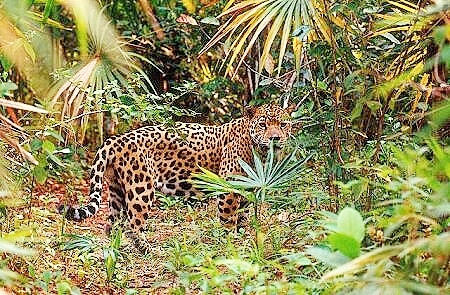ERROR : Server Busy(-1105)
ERROR : Server Busy(-1105)
Jaguar
Jaguar, spotted big cat found in woody and grassy areas from S U.S.A. to Argentina. It has a chunky body, rounded ears and a yellowish coat with black rosettes. This fierce cat eats large mammals, turtles and fish. Length: body to 1.8m (5.9ft), tail to 91cm (35.8in); weight to 136kg (299.8lb). Family Felidae; species Panthera onca. |

